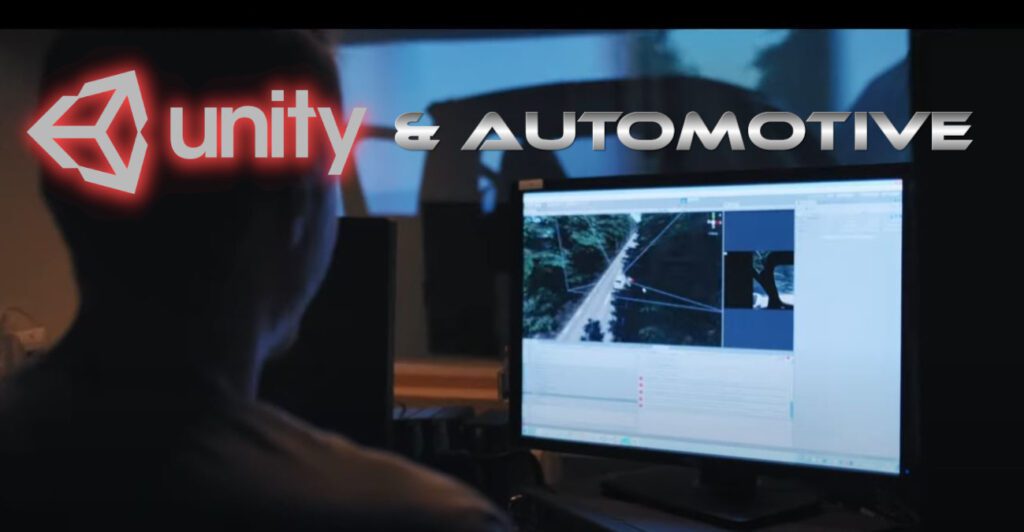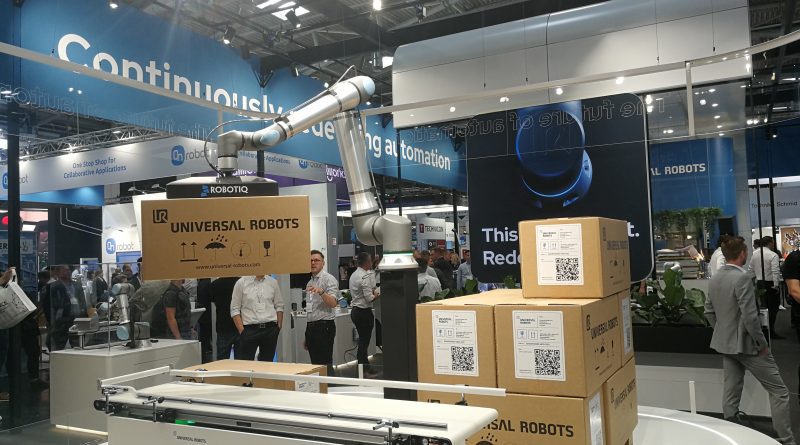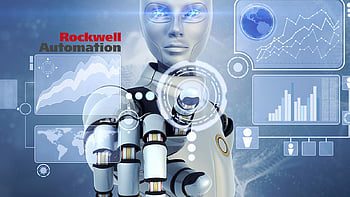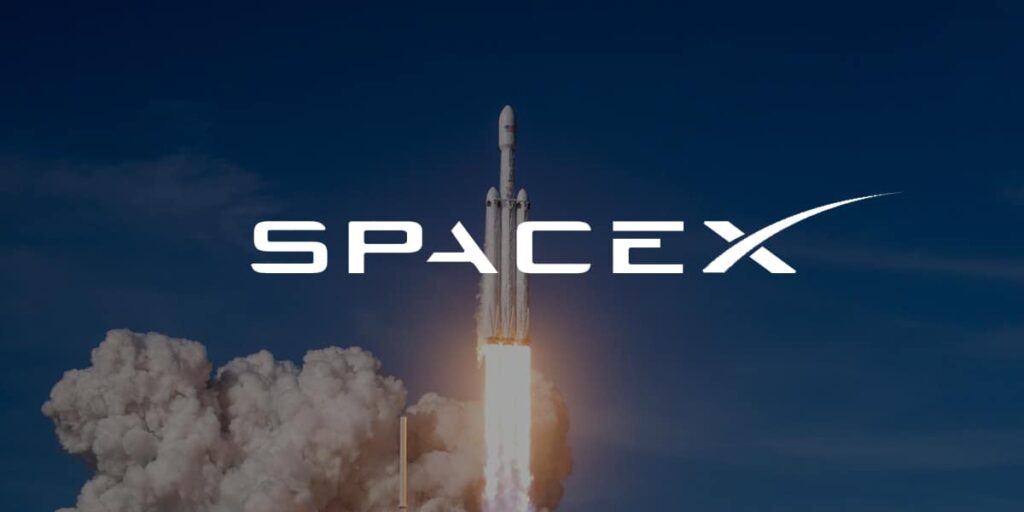Unity Visualization: Revolutionizing VR, Manufacturing and Industrial Design
The world of technology is continuously evolving and with it, new advancements are taking over traditional methods. This is especially true for the field of design, manufacturing and visualization where technology has enabled the creation of digital prototypes and simulations that have changed the way things are designed, manufactured and sold. The introduction of Virtual Reality (VR) and game engines such as Unity have revolutionized the industry and have made it possible for designers and engineers to visualize their products in a more interactive and immersive manner. In this article, we will be discussing the role of Unity in Visualization, VR, Manufacturing and Industrial Design and how it has transformed the industry. Unity and its Role in Visualization Unity is a game engine that is widely used in the gaming industry. It is a powerful tool that enables developers to create interactive and immersive games. The same technology has now been applied to the field of visualization, which allows designers to create highly detailed and interactive simulations of their designs. The use of Unity in visualization has opened up new possibilities in the field and has made it possible to create lifelike prototypes that can be used for testing, marketing and even sales. Unity in VR Virtual Reality (VR) has been a game-changer in the world of technology and has opened up new possibilities in the field of visualization. Unity has been integrated with VR technology to provide designers and engineers with an even more immersive experience when it comes to visualizing their designs. With the help of VR, designers can now experience their products in a more realistic and interactive manner, which allows them to make more informed decisions when it comes to design and manufacturing. Unity in Manufacturing and Industrial Design Manufacturing and industrial design are two areas that have been significantly impacted by the use of Unity in visualization. The use of digital prototypes and simulations has made it possible for manufacturers to reduce their reliance on physical prototypes and to instead use virtual ones. This not only reduces the cost of manufacturing but also makes it possible to test and make changes to the design in a more efficient manner. Conclusion In conclusion, Unity has played a significant role in revolutionizing the field of visualization, VR, manufacturing and industrial design. Its powerful technology and its ability to create lifelike simulations have transformed the industry and has made it possible for designers and engineers to visualize their products in a more interactive and immersive manner. The use of Unity has also made it possible to reduce the cost of manufacturing and has opened up new possibilities in the field of design and visualization.
Unity Visualization: Revolutionizing VR, Manufacturing and Industrial Design Read More »








